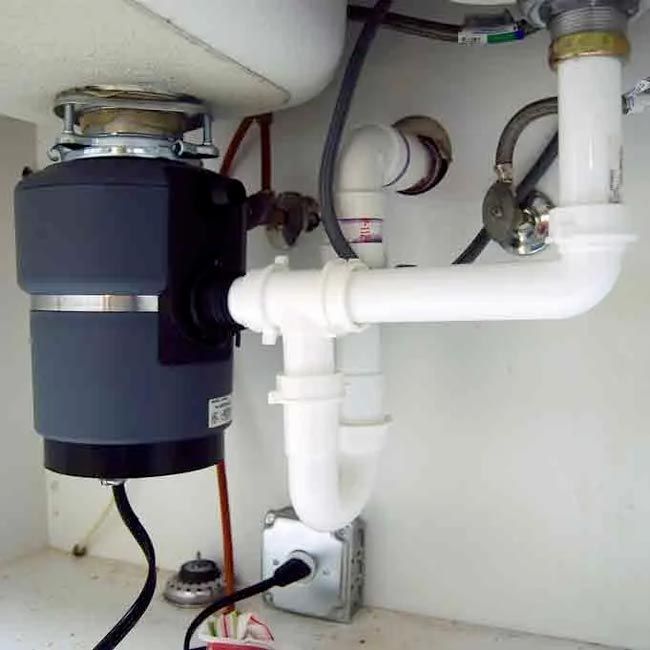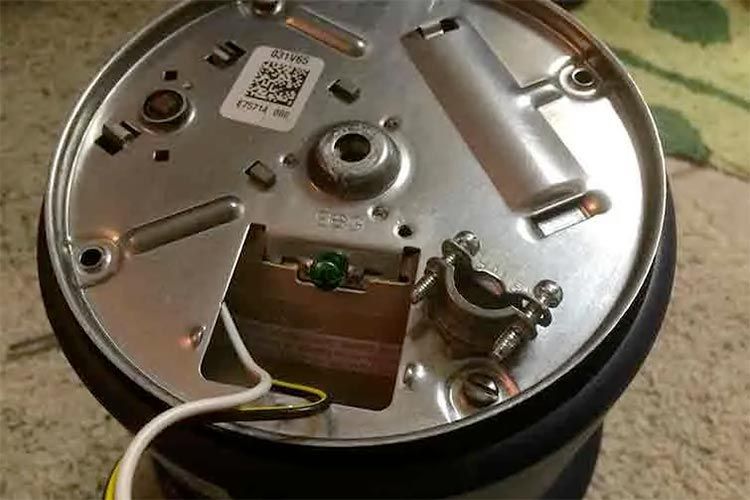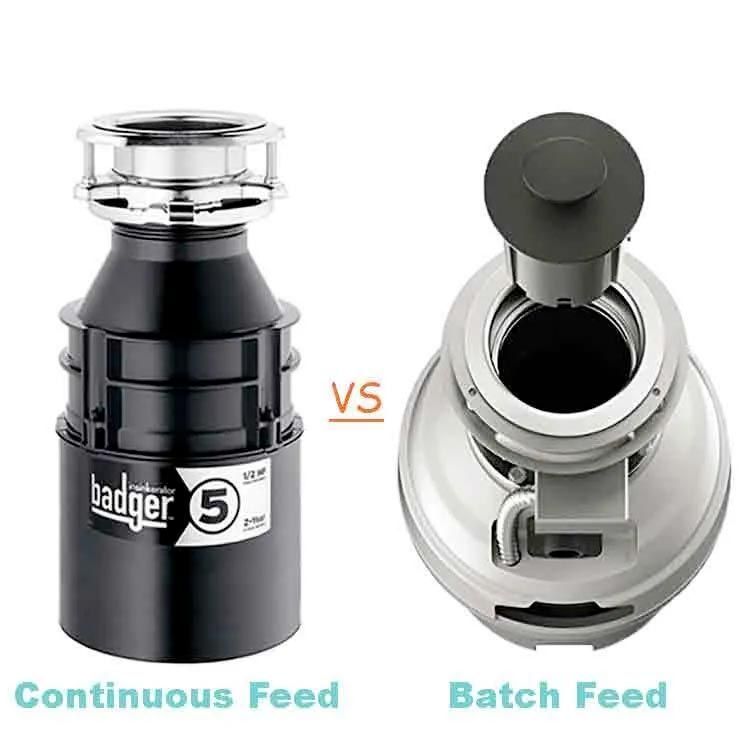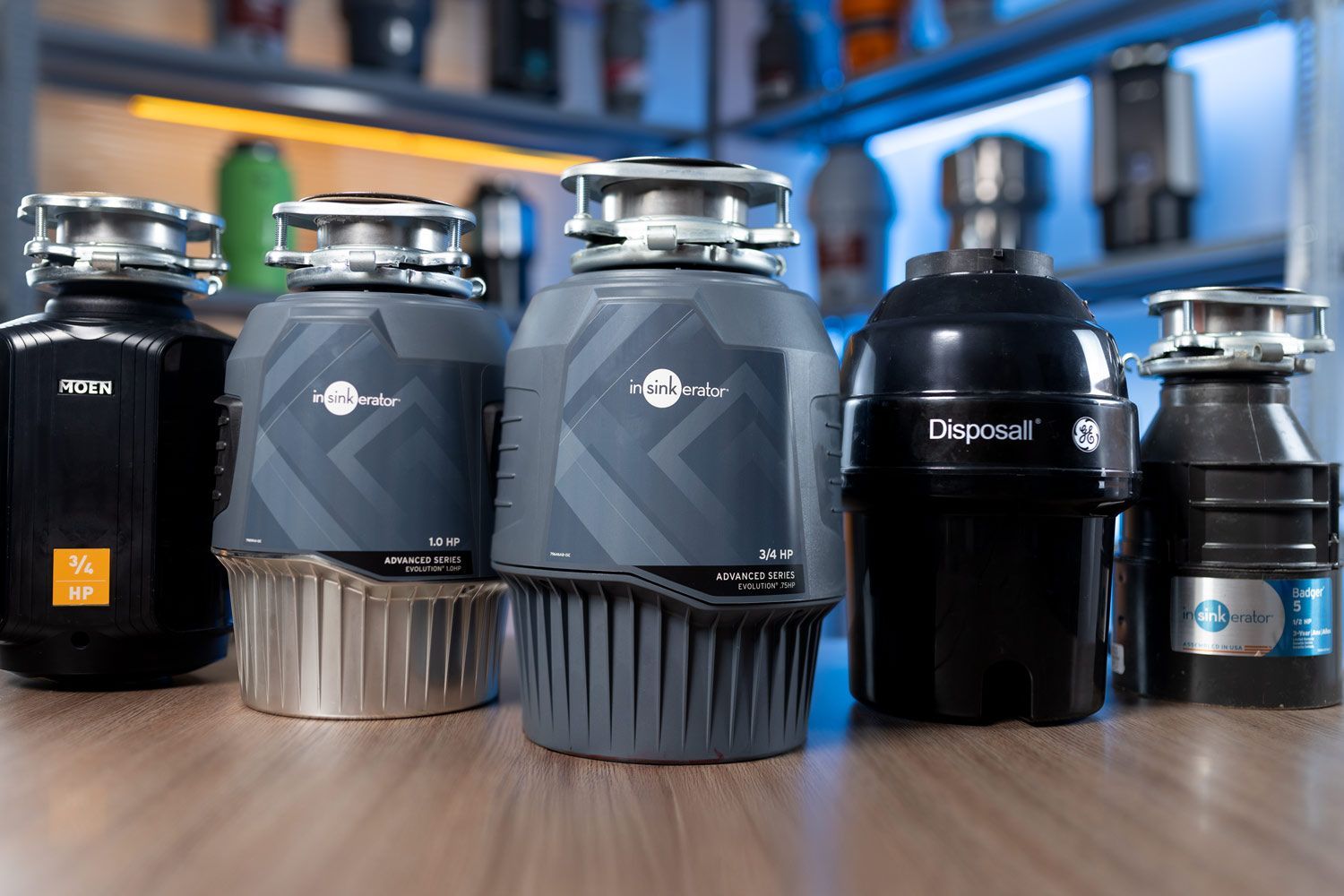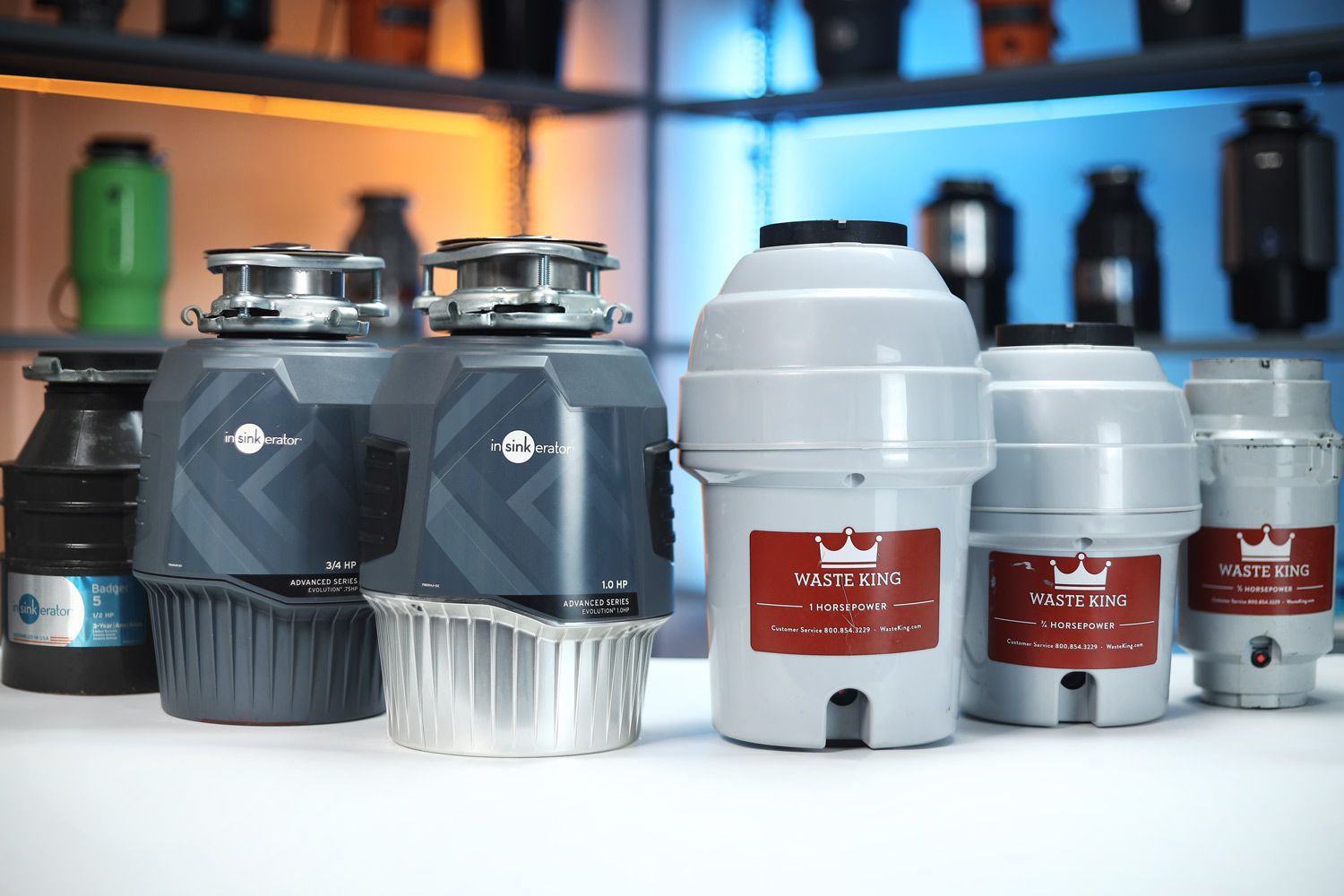Our recommendations are made independently. We may receive commissions from purchases made via our links.
How to Fix a Leaking Garbage Disposal
How one should fix a leaking disposal depends on the location of the leaks, potential damage to certain parts and the age of the machine itself.
Having some leaking issues with your old dear garbage disposal, aren’t you? We can tell that you’re here reading this NOT for pleasure, but for helpful tips that would help you with that messy situation you’ve got going on.
With all our knowledge on the matter, we’ll guide you through the whole thing, from diagnosing the problem to mending the unit back to its normal and fully functional state. You’ll get past this in no time.
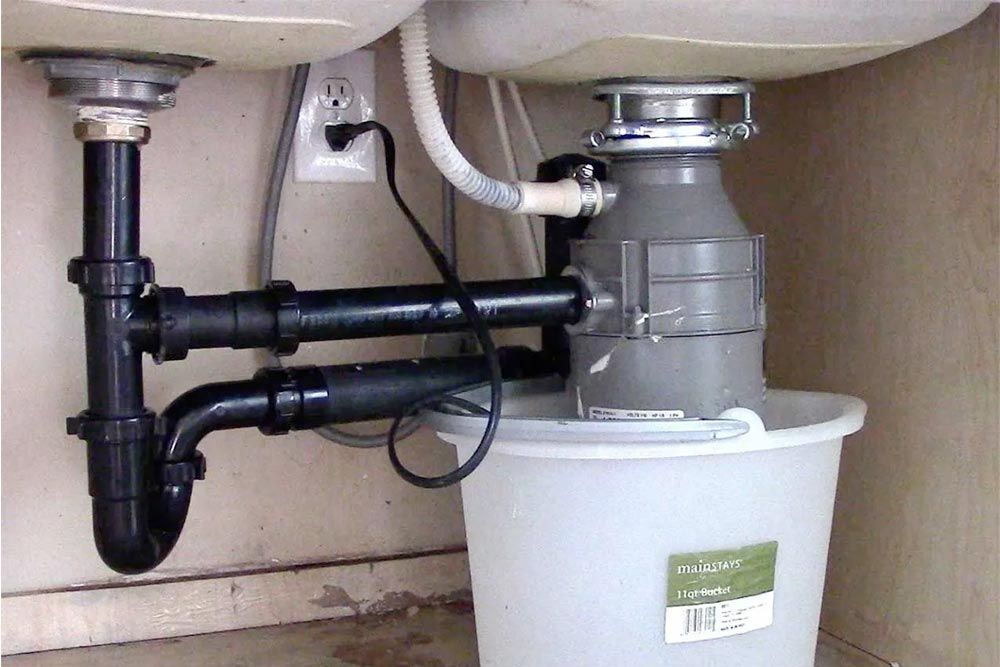
However, we should also say that this is only meant to help you do what we HOMECOOKS could do to mend a leaking disposal machine, not professionals. If something is not mentioned, it probably is a matter for the experts.
Meanwhile, let’s do what we can before sending for them, shall we? Might as well since you’re already here!
And do leave a comment or something to let us know if this were useful at all. That would help a lot. Thanks!
Fixing a Leaking Garbage Disposal
Garbage disposals leak mainly because of weak seals. So to deal with leaks is to find the exact location(s) and find the way to secure the seal this time around.
If you’re also having other problems with your machine, take a look at our article on the matter. You may find something.
And that’s about it.
There’s another thing: preventive steps. To fix leaks, the best way is to not have them at all. So, when a unit is first installed, pay some extra attention to the connections. You can take care of it yourself or ask the plumbers to be thorough.
Locating the Leaks
First off, we have to look at the potential spots closely in order to get a hold of the situation and make sure of the number of leak points. Once you’ve done that, we’ll talk about what can be done to help better keep the fluid within its supposed tract.
This is the core of the whole repair so be mindful, and we recommend that you take this into your own hands. Because by doing so, you can also determine the current condition of your unit, and decide whether to go for a fix or a replacement instead.
Sink Flange with a Weak Seal
The sinkhole should be the number one suspect whenever leaking is spotted. Due to the design, the mount assembly of garbage disposals is likely to have people confused and leads to it being set up the wrong way, especially when one tries to install the unit by themselves for the first time.

That being said, it’s only as complicated as you are inattentive. Be a tad extra careful and everything should be alright.
Back to dealing with the problem. If it leaks there, there’s a big chance that the seal is not secure any longer. You’ll have to remove the machine and the mount assembly and set it in place correctly this time.
Now take heed to these few tips:
- If the provided rubber gasket was used to seal the flange the first time, remove it and use plumber’s putty instead.
- If putty was used, don’t go easy on it this time. Excess putty can be retrieved and reused. Remember to clean the sinkhole off debris first.
- Refer to the guide sheet(s) to make sure of the number as well as the order of gaskets onto the underside of the sink.
- Check if the sink itself isn’t punctured in any way. If it is, call for professional services.
Compromised Outlet
The second most likely spot for a leak is the wastewater outlet of garbage disposals. There are two reasons why this joint is prone to leaking: 1) the first installation was somewhat wrongfully done, 2) the vibration of the machine has compromised the dignity of the joint or the elbow pipe itself.
To handle the situation, we have to see whether it’s something repairable. If there’s nothing too serious, we need to readjust the joint for a better connection.
Try using a screwdriver to check if the bolts are tight enough and see if that fixes it. If it still leaks, remove the elbow piece and put it back properly.
Here are some tips:
- Check if the elbow pipe is cracked. If it is, buy a replacement. It can’t be fixed, not properly.
- Disconnect the subsequent pipes from the elbow piece for easy removal of the elbow piece.
- When putting the piece back, make sure that the rubber gasket is in place.
- Don’t fasten the bolts too tightly to avoid damaging the parts. Snug is good enough.
Unbothered Inlet
The food waste disposer inlet is designed to receive the outlet from the dishwasher. It’s a fairly basic and standard connection where hardly anything can go wrong.
And if there’s something, it’s usually an easy fix, unless the inlet port is cracked. If it’s indeed damaged, you’re advised to send for professionals.
Otherwise, just tighten the hose clamp a bit more OR remove the hose, check for damage, clean the port and reconnect the whole thing. Remember to
- Use a (soft) tube/hose of the right size. Refer to the specification sheet.
- Always use a hose clamp and not to overtighten it to avoid any damage on the port and the hose.
Leaking Bottom
If the leaking is from none of those above, but instead from the bottom of the machine itself, that means the internal seals are all burst up. It usually occurs due to old age, expected after 5 to 10 years of usage.
In case your unit is so old that it leaks, contacting professionals for repair and opting for a new unit are the two optimal options. We suggest going for the latter. After all that time, the old helper deserves to rest.
Sometimes it also happens to new yet faulty machines. To prevent that, one should choose a trustworthy brand. There are quite a few of them, but it should not be too difficult. InSinkErator and Moen are two reputated companies. The quality of their products rarely disappoints.
Good luck out there!
